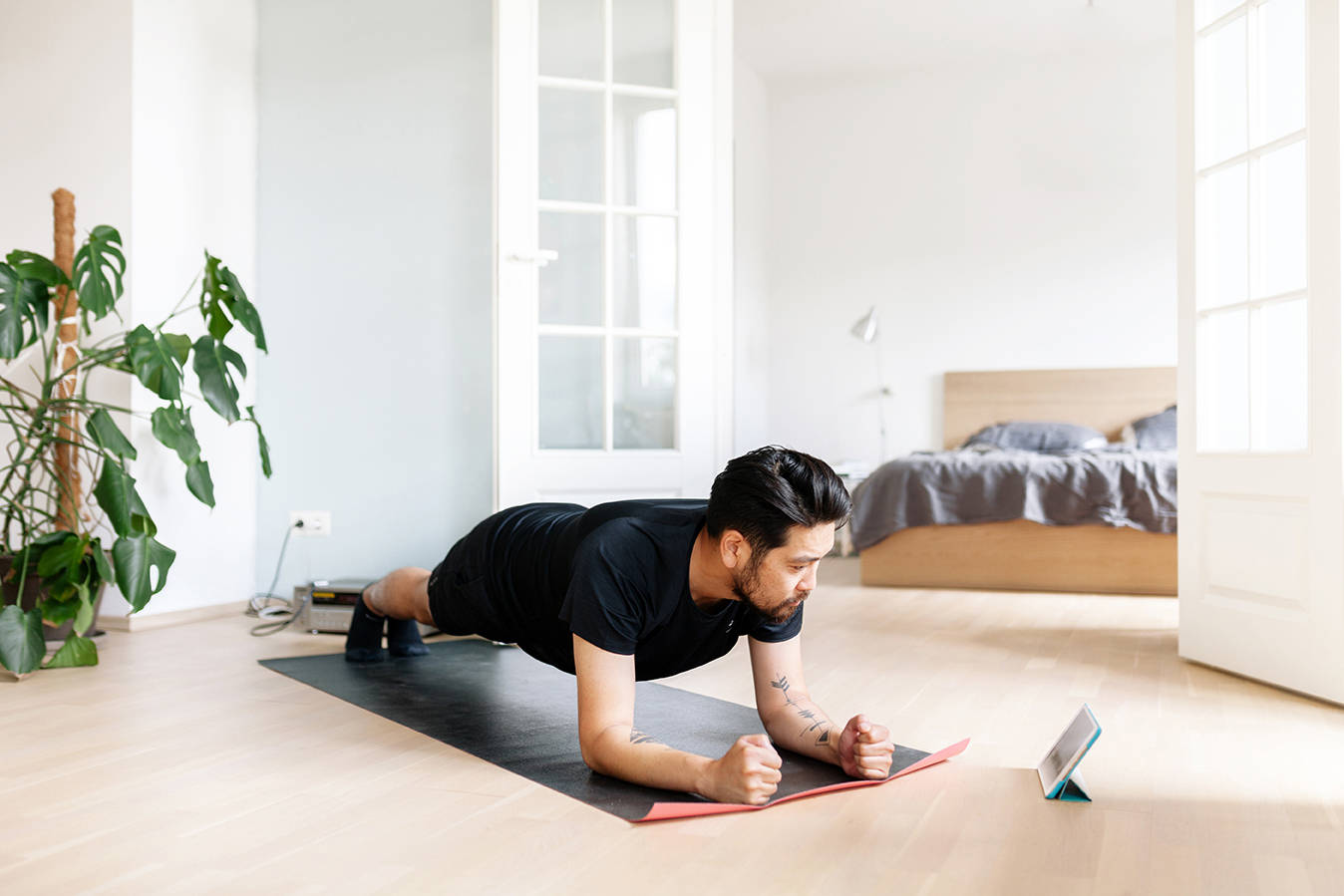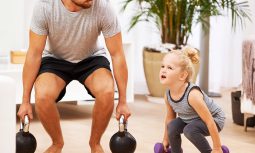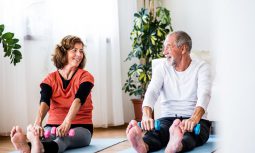As we move through different stages of restrictions across the country, one health and fitness option that is easy to do anywhere is resistance training!
Benefits of resistance training
Science has shown that resistance training – exercising against external resistance such as weights or even your own body – is the secret to easier fast loss, increased bone strength and a longer, healthier lifespan!
Many think of resistance training as something that can only be done in a gym using the free weights area – which for some can be quite intimidating.
For those who aren’t inclined towards training by themselves on the gym floor or with machine weights, ‘live’ classes or online fitness session are a fantastic solution for at-home resistance training.
Get ‘LIVE’ with at-home fitness
At-home ‘live’ classes are safe, choreographed classes, that are upbeat and fun. They are a great way to get fit and healthy on your own or with other people!
Classes are conducted by highly trained instructors who will guide the technique and purpose of the class as well as the types of moves.
Choose your difficulty level
Using weights will help adjust the level of difficulty for an individual. Small weights are ideal for beginners or those returning to fitness training after a long break. Whereas, bigger or heavier weights, will make your workout more challenging.
In general, using weights during a workout provides greater cardio and strength benefits due to increased heart rate, muscle fibre engagement and caloric expenditure.
How often should you train?
According to Victoria’s Better Health Channel, resistance training offers the maximum health benefits when you commit to either two or three sessions per week.
It is then ideal to rest each muscle group that you have trained for a minimum of 48 hours to allow the muscles to repair and grow in strength and size. This means, you should allow a day or two between classes to fully recover.
The days where you don’t engage in resistance training you can choose to exercise different muscle groups by walking, running, dancing, cycling, swimming or doing yoga.
What should you eat before you train?
Ideally, you should eat a carbohydrate or protein-based, balanced snack about an hour to half an hour before training. This will give you a boost of energy to train. For example, you might like to have peanut butter on sliced apple or Greek yoghurt with a handful of berries. Post class, you can follow up with a protein or calcium-rich snack, such as yoghurt or a smoothie.
Resistance Training benefits
Resistance training does more than just burn calories. It enhances your body’s ability to burn calories for at least 48 hours after training. Moderate to high-intensity resistance training can also improve bone density, joint function, tendon and ligament strength, and coordination.
After the age of 30, both men and women benefit from workouts to improve their bone strength and ensuring their diets support healthy bones, too.
Resistance training also has been shown to improve sleep, increase self-esteem and confidence, decrease the risk of injury in everyday life, as well as help, prevent diabetes, heart disease, arthritis, back pain and depression.
Plus, there is research to indicate that resistance training has a role to play in both preventing and reducing cognitive decline in older adults. This enables people to live an independent life for much longer and pursue their interests and remain active well into mature ages.
Start training today with Home Fitness Network
Get access to a range of online resistance training videos today via Home Fitness Network!
If you’re an existing member of our Centre, check your email for your member offer. OR find out more here















































